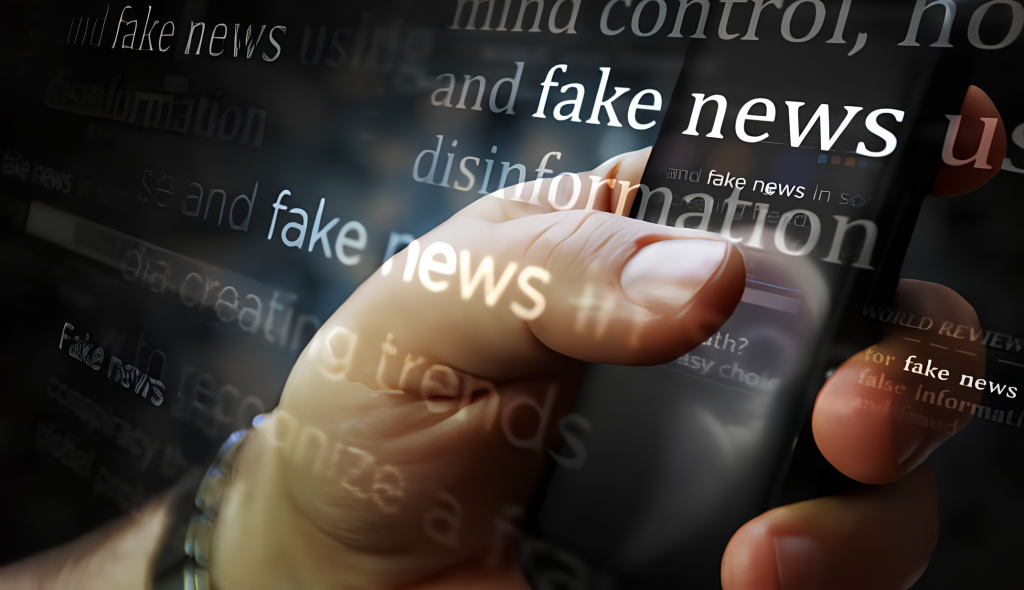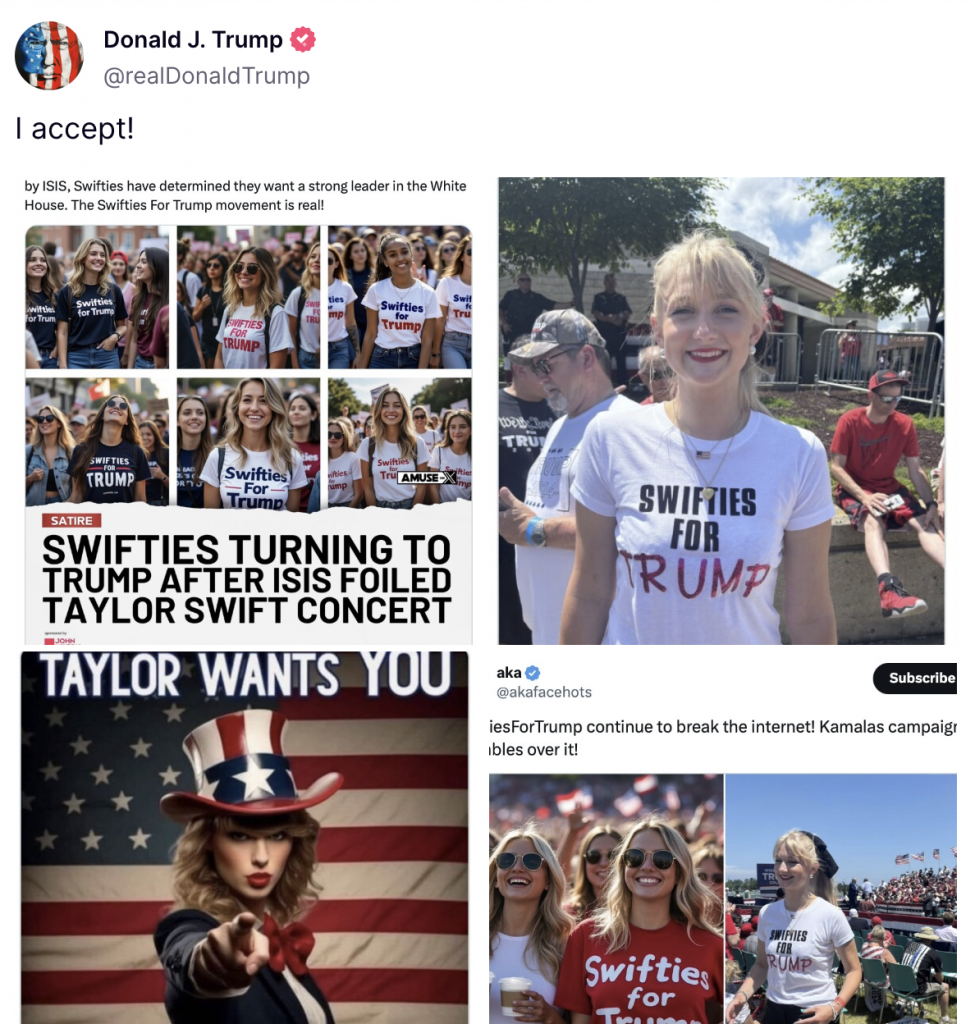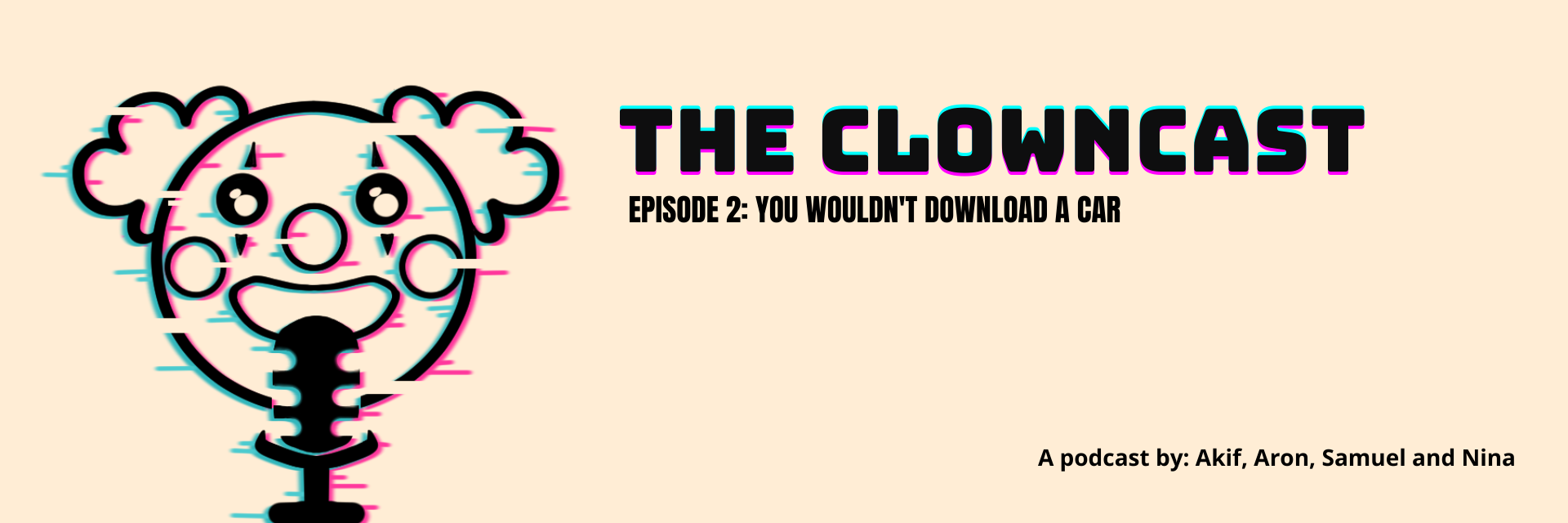I remember when I was in elementary school, the teacher would always say ‘Just ask Google if you don’t know something.’ I tried entering a keyword into the search engine, and it returned an overwhelming amount of information that seemed endless, which left me feeling shocked. Since then, whenever I have question, I instinctively reach for my phone and type it into Google, quickly finding the information I need.
Misinformation vs. Disinformation: A Growing Challenge
Seven or eight years later, information has become easier to access, but also easier to convey mistakenly or manipulate deliberately. ‘Misinformation’ belongs to the former, while ‘Disinformation’ belongs to the latter. According to the American Psychological Association, misinformation is false or inaccurate information—getting the facts wrong. For example, journalists who need to publish a certain number of reports every day may spread misinformation if the facts are not thoroughly checked.

Photo by iStock
Disinformation, on the other hand, is false information deliberately intended to mislead—intentionally misstating the facts. This has become a major issue for governments around the world. Disinformation, spread by certain individuals with intent, can easily stir up emotions. For instance, during the Covid period, disinformation entered people’s lives in various forms, such as conspiracy theories linking 5G technology to Covid-191 or claims that drinking water could kill the virus2. Such emotionally charged content led to viral disinformation spreading quickly.
Why Disinformation Captures Our Attention
Upon closer inspection, you’ll find that disinformation is almost always negative news, with starkly contrasting viewpoints. It tends to garner more reactions on social media and news websites. From a psychological perspective, Soroka and McAdams (2015)3 suggested that humans may neurologically or physiologically predisposed towards focusing on negative information. The argument has its roots in an evolutionary-biological account of how humans decide what to pay attention to. It is evolutionarily advantageous to prioritize negative information, the argument goes, because the potential costs of negative information far outweigh the potential benefits of positive information. The human brain is as a consequence predisposed towards focusing on negative information.
Deepfake and Disinformation: Blurring Truth

Photo by TRUTH
After the pandemic, technology has rapidly advanced to the next level. Deepfake is a technique that uses AI to create fake videos or images by replacing someone’s face and voice with those of another person, generating convincingly authentic content. The combination of deepfakes and disinformation makes it increasingly difficult for people to discern truth from falsehood, undermining the previously held belief that “seeing is believing.” For example, recently, Donald Trump shared AI-generated images4 on social media suggesting that Taylor Swift and her fans were endorsing his presidential campaign, attempting to leverage her influence to sway the election.
Conclusion
The advancement of technology profoundly influences our society, changing the way people understand information. If individuals lose the ability to process information, it becomes easy to be misled or manipulated, leading society further away from the truth. Consequently, this has significantly changed my digital practice. Now, when I encounter information, I reference different perspectives, verify whether it attempts to influence my emotions, and strive to make more rational conclusions.
Reference
- Shara, T. (2021, October 30). 5G has no link to COVID-19 but false conspiracy theories persist CNET. https://www.cnet.com/tech/mobile/5g-has-no-link-to-covid-19-as-false-conspiracy-theories-persist/ ↩︎
- Zaria, G. (2020, March 20). No, drinking water doesn’t kill coronavirus BBC. https://www.bbc.com/future/article/20200319-covid-19-will-drinking-water-keep-you-safe-from-coronavirus ↩︎
- Soroka, S., & McAdams, S. (2015). News, politics, and negativity. Political communication, 32(1), 1-22. https://doi.org/10.1080/10584609.2014.881942 ↩︎
- Kirsty, H. (2024, August 19). Donald Trump Posts Fake Taylor Swift Endorsement Generated by AI: ‘I Accept!’ PEOPLE. https://people.com/donald-trump-fake-taylor-swift-endorsement-ai-generated-photos-8697203 ↩︎



Recent Comments